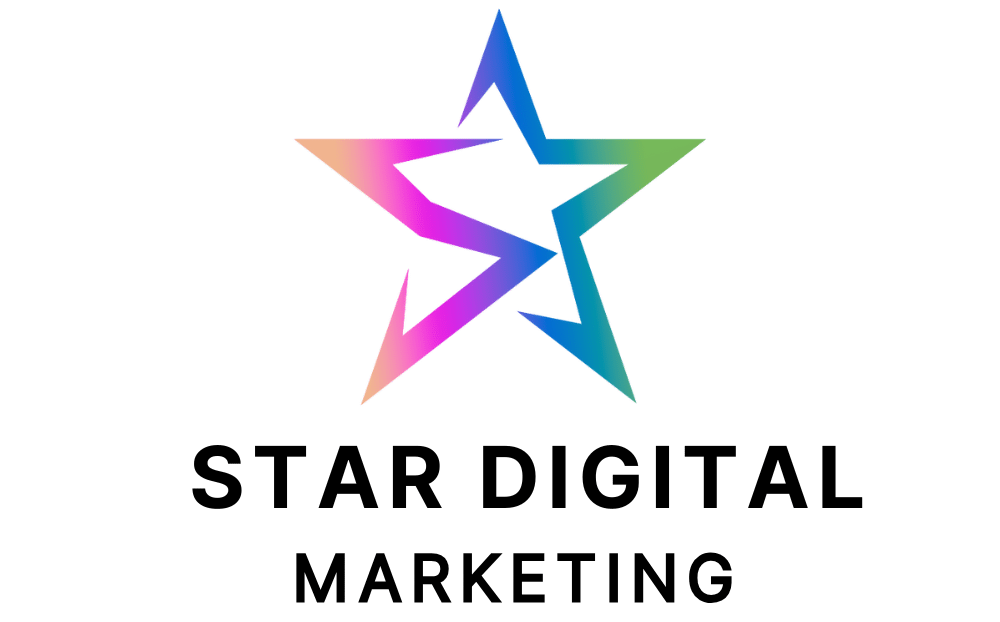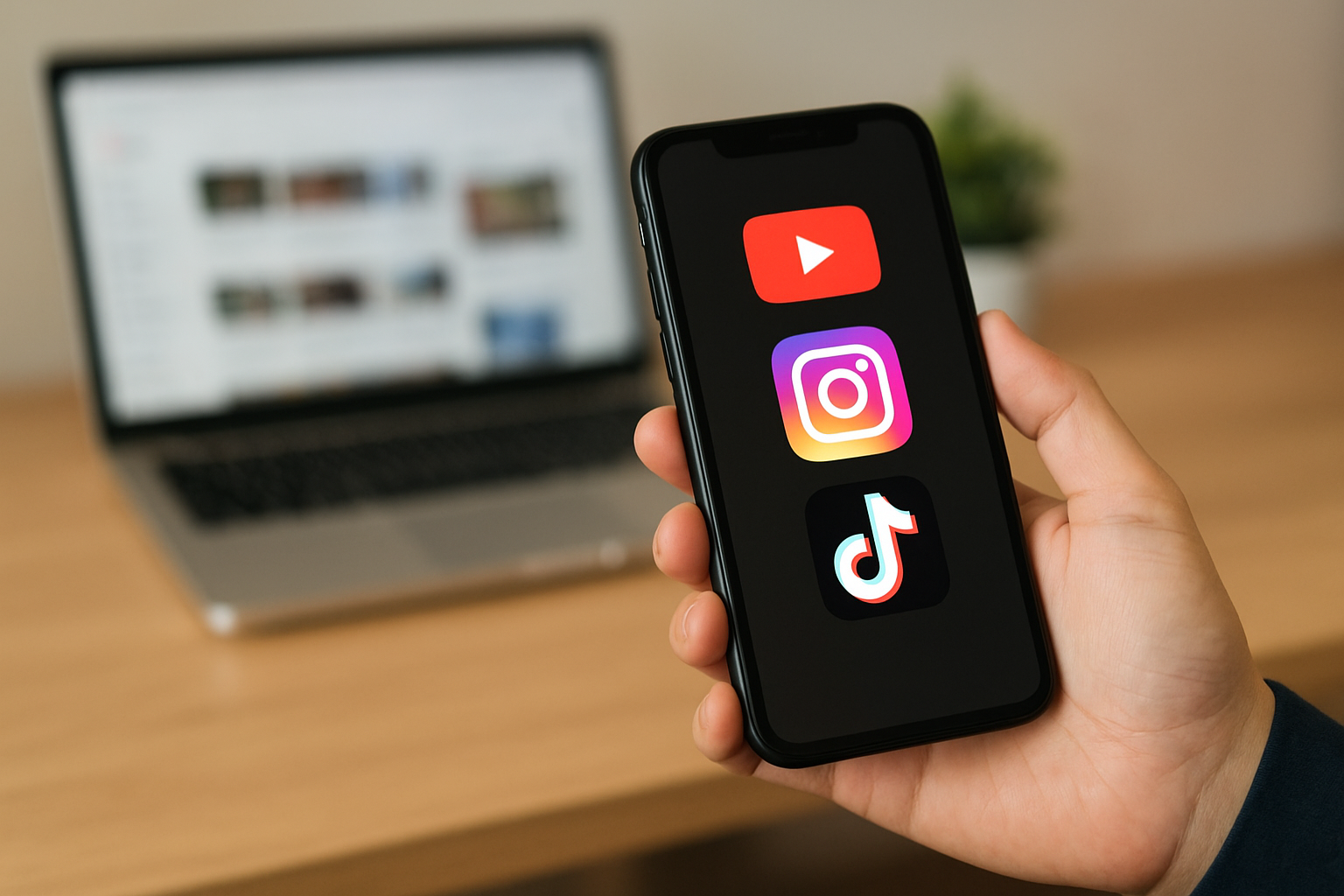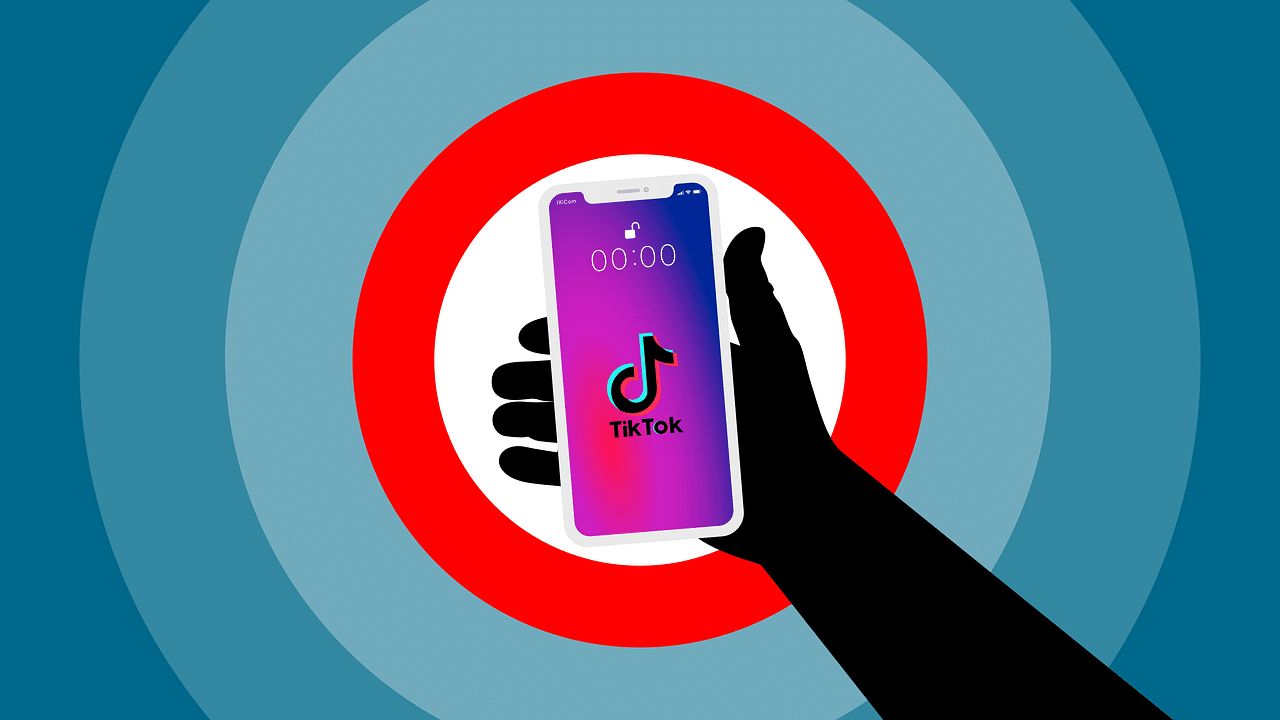When it comes to building a brand, your logo, fonts, and style matter…but the colors you choose can make or break your connection with customers. Colors do more than just make your brand look nice. They can spark emotions, build trust, and even influence buying decisions. That’s why understanding color psychology in branding is a must for any business that wants to stand out and convert more customers.
In this guide, we’ll explore how colors affect customer perception, what different colors mean in branding, and how to choose the perfect palette for your business.
Why Color Psychology Matters in Branding
The human brain processes visuals faster than text. In fact, research shows that people form an opinion about a product within 90 seconds — and up to 90% of that judgment is based on color alone. This means your choice of colors can instantly set the tone for your brand, before someone even reads a single word about your business.
In marketing, colors are not just a design choice. They’re a powerful tool for influencing how people feel about your brand and what actions they take next. The right branding colors can help you:
- Build brand recognition
- Communicate your brand personality
- Trigger the right emotional response
- Influence purchase decisions
On the other hand, the wrong colors can confuse your audience or send the wrong message, which can cost you potential sales.
The Meaning of Popular Branding Colors
Each color carries its own set of psychological associations. Here’s a breakdown of some of the most common branding colors and what they can communicate:
Red
- Meaning: Passion, excitement, urgency
- Best for: Brands that want to grab attention and inspire action, like food, retail, or entertainment businesses.
Blue
- Meaning: Trust, reliability, calm
- Best for: Professional services, technology, healthcare — any industry where trust is key.
Yellow
- Meaning: Optimism, happiness, friendliness
- Best for: Brands that want to appear cheerful and approachable.
Green
- Meaning: Growth, balance, nature
- Best for: Eco‑friendly products, health, finance, and wellness brands.
Purple
- Meaning: Creativity, luxury, sophistication
- Best for: Beauty, premium products, and creative industries.
Orange
- Meaning: Energy, confidence, enthusiasm
- Best for: Brands that want to be seen as fun, affordable, and energetic.
Black
- Meaning: Power, elegance, authority
- Best for: Luxury brands, high‑end products, and minimalist designs.
White
- Meaning: Simplicity, cleanliness, purity
- Best for: Health, beauty, and minimalist lifestyle brands.
How to Choose the Right Branding Colors
Choosing your brand’s colors is more than just picking your favorite shades. You need to think about your audience, your industry, and the emotions you want to evoke. Here’s a simple process:
- Define Your Brand Personality
Ask yourself: Is your brand fun and playful, or serious and professional? Your colors should reflect your personality. - Understand Your Target Audience
Different colors appeal to different demographics. For example, younger audiences may respond well to bold, bright colors, while an older demographic may prefer softer, more muted tones. - Look at Your Industry Standards
While you want to stand out, it’s helpful to know what colors your competitors use. This ensures your brand feels relevant in your market while still being unique. - Consider Cultural Meanings
Colors can have different meanings in different cultures. If you operate internationally, make sure your chosen colors won’t send the wrong message. - Test Before You Commit
Use your shortlisted colors in mock‑ups, social media posts, or ads to see how your audience responds before finalizing your brand palette.
Color Combinations That Convert
It’s not just about individual colors — it’s about how they work together. Some tips for effective brand color selection:
- Contrast is key: Use contrasting colors for text and backgrounds to ensure readability.
- Limit your palette: Stick to 2‑3 primary colors and a few accent shades to keep your branding consistent.
- Follow the 60‑30‑10 rule: 60% dominant color, 30% secondary color, 10% accent color.
- Match your call‑to‑action buttons: Choose colors that stand out from your overall design to draw attention to clickable elements.
Using Color Psychology in Marketing Materials
Once you’ve chosen your branding colors, apply them consistently across all your marketing touchpoints:
- Website design: Your site should reflect your color palette to create a cohesive brand experience.
- Social media: Use your colors in graphics, banners, and even photo filters.
- Packaging: Make your products instantly recognizable through consistent use of colors.
- Advertisements: Color can direct attention to key parts of your ad, such as discounts or CTAs.
Mistakes to Avoid in Branding Colors
- Choosing colors you like instead of what works for your brand
- Overusing too many colors that make your brand look inconsistent
- Ignoring accessibility — make sure text is readable for all users, including those with visual impairments
- Copying competitors too closely, which can make your brand blend in instead of stand out
Final Tips for Picking Colors That Convert
The most effective branding colors are those that align with your message, connect emotionally with your audience, and create a recognizable visual identity. Remember:
- Start with your brand personality and target market.
- Understand the meaning behind each color.
- Keep your palette simple and consistent.
- Test and refine based on audience feedback.
By using color psychology in branding effectively, you can guide how people perceive your business and influence them to take action. The right colors aren’t just decoration — they’re a marketing tool that can directly impact your success.
If you’d like expert help selecting the perfect color palette and applying it across your branding, Star Digital Marketing can help you create a visual identity that not only looks great but also drives real results.




